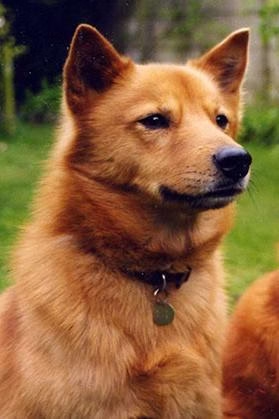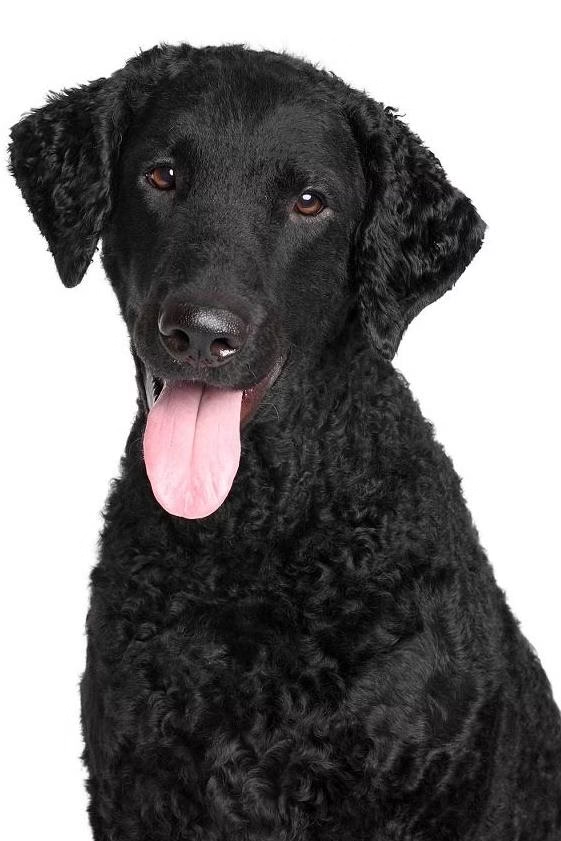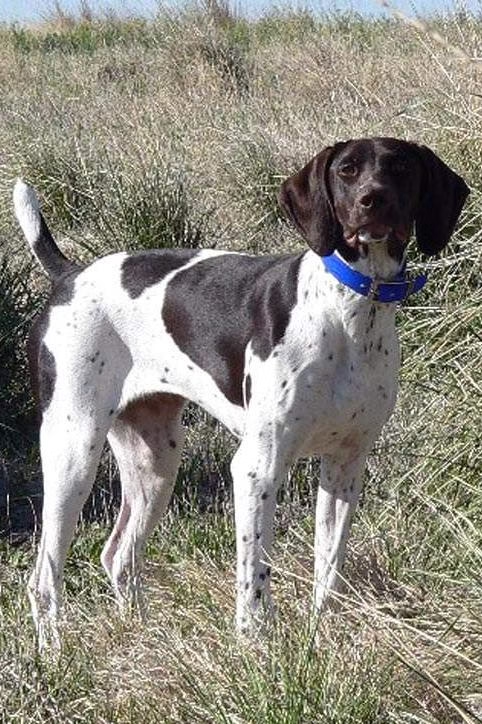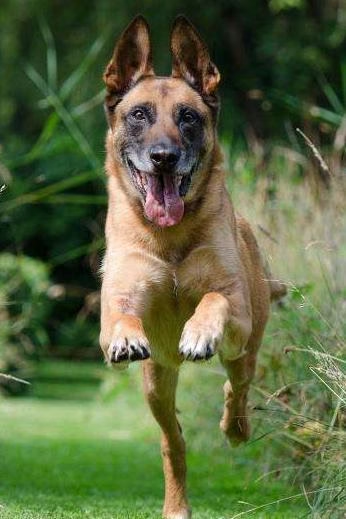Finnish Spitz (Finnish Fox Dog)

Finnish Spitz
Finnish Fox Dog
Basic Information
- Category: Pet Dog
- Origin: Finland
- Body Type: Medium-sized
- Height: 44-50cm
- Hair Length: Short-haired
- Lifespan: 10-15 years
Ratings
| Trainability | ⭐️⭐️⭐️⭐️ |
| Affection Level | ⭐️⭐️⭐️ |
| Barking Level | ⭐️⭐️⭐️⭐️⭐️ |
| Shedding Level | ⭐️⭐️⭐️ |
Breed Introduction
The Finnish Spitz, also known as the Finnish Fox Dog, is a medium-sized dog with the English name ‘Finnish Spitz’ and is called ‘Suomenpystykorva’ in Finland. It has a dog shape resembling a fox and is the result of breeding projects from the late 18th century, resulting from the mixing of various hunters’ breeds, including English hounds, German hounds, Swiss hounds, and Scandinavian hounds.
It is the most common local working dog breed in Finland and Sweden, but is rarely seen in other parts of the world. Generally hunts with its owner in the summer and spends long winters resting in a warm doghouse indoors. This breed is rarely used for shows. Energetic when hunting, it is generally used to track hares, badgers, and foxes, persisting even in very difficult circumstances. It is agile and versatile.
The Finnish Spitz is Finland’s national dog and has a history of several thousand years. Before the 18th century, it was relatively unknown and showed signs of extinction. It was not until two hunters from Helsinki discovered purebred local dogs that this endangered breed was saved through a series of efforts. Today’s Finnish Spitz retains the fine qualities of the original fox dogs and has been improved.
It is the most common local working dog breed in Finland and Sweden, but rarely seen elsewhere in the world. It follows its owner for hunting in summer and hides in a warm dog house during the long winter. The Finnish Spitz is a breed seldom used for showing. It is energetic when hunting and is typically used to track hares, badgers, and foxes, persevering even under very difficult circumstances.
The ancient history of fox-type dogs can be traced back thousands of years, when the Uralic people migrated to central Russia. Due to the migration of multiple ethnic groups to different regions, they raised dogs out of necessity and developed different breeds. One tribe moved to a far northern area, where about 60,000 lakes are separated from each other. The Finnish Spitz emerged as a purebred dog and became a valuable asset for hunters.
Several centuries later, more advanced transportation methods brought different ethnic groups and their dogs to settle here, which led the original Finnish Spitz to begin interbreeding with other breeds. By 1880, the breed was nearly extinct. At that time, two hunters from Helsinki discovered purebred local dogs while hunting in the northern forests and recognized many of their advantages, representing them and making efforts to save the breed.
Modern history includes Hugo Jäntti, one of numerous breeders who dedicated 30 years to the cultivation of this breed before stepping back from this work. Another pioneer, Hugo Sandberg, initiated a conservation movement in 1890, although he never personally bred Finnish Spitz. In 1891, the first Helsinki Dog Show was held where Mr. Sandberg served as a judge, and on that historic day, five Finnish Spitz dogs were awarded ribbons.
As dog shows emerged, the breed urgently needed a series of standards; due to Mr. Sandberg’s successful advocacy, the Finnish Kennel Club recognized the breed in 1892 and established standards based on his observations. In 1897, after details of the standards were revised, the Finnish Spitz became the official name of the breed.
In 1927, the Finnish Spitz first entered England, brought by Mr. Edward Chichester along hunting paths into Scandinavia. Early British enthusiasts, such as Miss Kitty Ritson, helped establish the breed’s club; the nickname ‘Finkie’ was created by her, and these dogs quickly became known in several countries. By 1935, the breed was officially registered with the kennel club.
Among British supporters, Ms. Gladys Preiss was notably recognized, with her ‘Cullabine’ ranking among the world’s top champion dogs. Finnish Ray Rita contributed to the breed’s recognition within the Canadian Kennel Club, and in 1974, the AKC recognized the Finnish Spitz and recorded it in the purebred registry. Ms. Jan Greta’s dog played an important role in the breed’s popularity.
The Finnish Spitz first entered the United States as ‘Cullabine Rudolph’ in 1959 from Ms. Preiss. However, Finnish Spitz breeding in America began around the mid-1960s, crediting the introduction to Henry Davidson from Minnesota and Alex Hassell from Connecticut. Modern history has seen the American Finnish Spitz Club founded by Richard and Beth Isakoff along with Margaret Kotcher in 1975. The American standard for the breed was developed by Ms. Kotcher and Ms. Isakoff in 1976 based on the standards from its country of origin.
In September 1983, the breed was allowed to join the mixed-breed category, and on August 1, 1987, the AKC board registered the Finnish Spitz in the purebred registry, where it remained distinct from hunting breeds, obtaining its AKC show license on January 1, 1988.
Outside its home country, the Finnish Spitz mainly serves as a family dog, a loyal companion, especially loved by children. However, in Finland, it remains a working dog, still serving as a pointer as it did in the early days. Through its various barks and indications, it guides hunters to determine the location of prey, signaling with its head and kisses as the hunter approaches.
Deep in the forest, it can locate grouse (a relative of wild turkeys) through sight, smell, and hearing and maintains communication with the hunter at all times through sounds. It can search for prey from the thickets until the prey flies up to branches, upon which the dog alerts the owner to drop the prey by making sounds, starting softly and gradually becoming louder.
As it approaches its prey, it continually wags its tail, moves back and forth, and barks to distract the birds’ attention. In Finland, the breed’s hunting abilities are highly praised; hence, when showing its value in this field, it is certain to achieve championships in competitions, particularly notable for its barking abilities, selected annually as the barking king.






